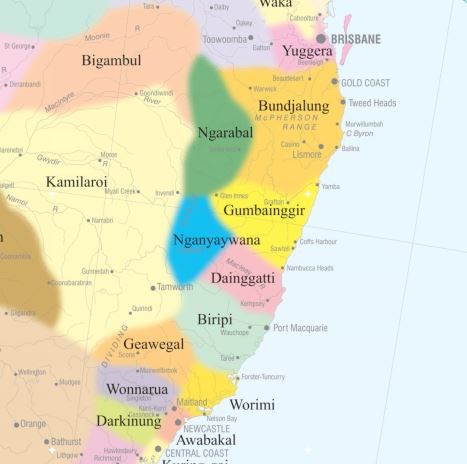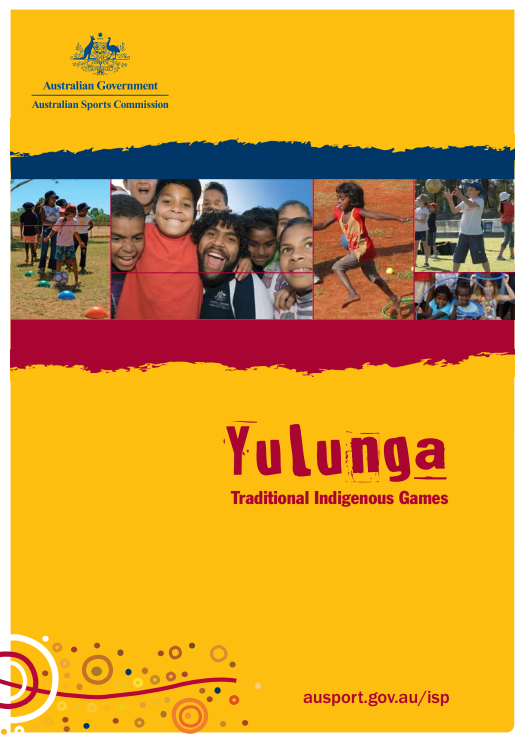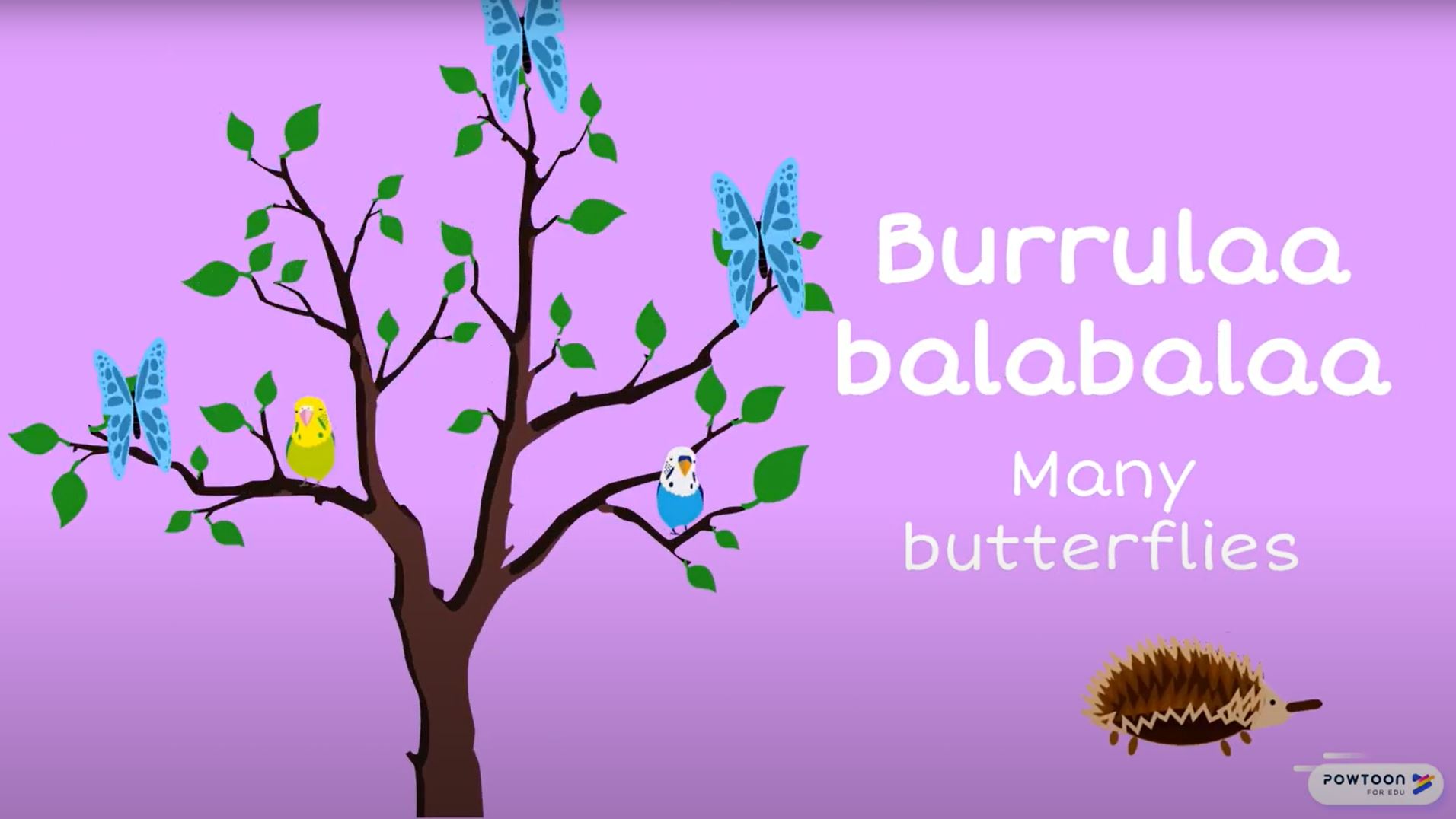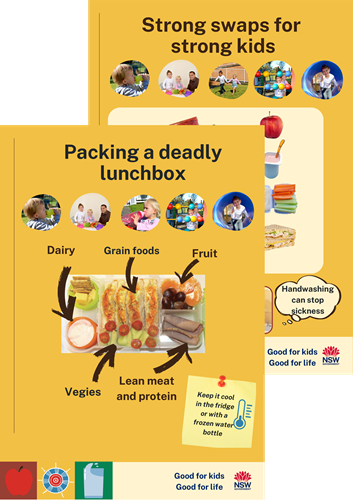Embedding Aboriginal Perspectives: A Guide for Early Childcare Services
Our team collated a list of resources to guide Early Childhood Education and Care Services (ECECs) to embed Aboriginal perspectives in Munch and Move. Where possible, we drew on local Aboriginal ways of knowing, being and doing. We also used trusted Aboriginal and Torres Strait Islander organisations, some of which were not local.
We encourage ECS to build partnerships with local Aboriginal community members, to understand local ways of knowing, being and doing. Local ways of knowing, being and doing can inform the way you think, speak, teach and more. These resources provide a starting point for you to consider how to embed Aboriginal perspectives into Munch and Move. We are also considering strategic partnership arrangements between HNE LHD ECS and local Aboriginal organisations.
Embedding Aboriginal perspectives into ECS is important for both Aboriginal and non-Aboriginal children. For Aboriginal children, it can create a sense of belonging, help build healthy relationships with staff and support wellbeing. For non-Aboriginal children, it can help develop a life-long appreciation for Aboriginal people, nations and perspectives.
Dr Chontel Gibson, a Kamilaroi woman and manager of the team, led the development of this guide with Kayla Pennicott, Jayde Kerr and Katrine Juel, health promotion officers.
We would like to acknowledge the members of the Aboriginal ECEC network meetings, who have also supported the development of resources within this guide.
If you would like more information or if you have feedback, then please contact our team.
There is not one preferred term for Aboriginal and Torres Strait Islander people, and you will notice the various terms used in the resources. It is best to ask local community members and families attending your service about preferred terminology. For example, some children and families will identify as being Aboriginal people; some may identify as being from the nation they belong to, like Kamilaroi or an Awabakal; some may refer to themselves as being a Koori or a Murri. In your service, use the same terminology as children and their families. For more information on terminology, please refer to NSW Health’s Communicating Positively: A Guide to Appropriate Aboriginal Terminology.
Hunter New England provides a service across the following Aboriginal Nations;
Gomilaroi
Yallaroi
Anaiwan
Darkinung
Wonnarua
Gaewegal
Nganyaywana
Banbai
Ngoorabul
Bundajalung
Gumbainggir
Thungutti
Awabakal
Kamilaroi
Worimi
Biripi

The above image is from AIATSIS Map of Indigenous Australia. Click on the link and explore the interactive map
An Acknowledgement of Country shows respect to Aboriginal people, the Custodians of the land on which we live, work and play. You can incorporate an Acknowledgement of Country in your service. We included an example below, which uses gestures, and as such incorporates physical activity. Feel free to use the example or work with local Aboriginal people to create your own.
Building partnerships with local Aboriginal community and services is critical for ECS. Local Aboriginal community and services can help you develop a culturally responsive service delivery for Aboriginal children. SNAICC is the national voice for Aboriginal and Torres Strait Islander children.
SNAICC has a suite of resources that can support your service to develop relationships with Aboriginal partners. These resources include strategies and actions, as well as an audit tool for measuring genuine partnership goals.
Be mindful that Aboriginal organisations and community members may have competing priorities and are often conducting unpaid work to support the cultural continuity in communities.
Every year there are events that are significant for Aboriginal and Torres Strait Islander people, communities, and culture. We encourage your service to acknowledge these dates. To help acknowledge these events, we developed a handout for each of the significant culturally significant events. Each handout contains information about the event, as well as Munch and Move activities to acknowledge the event.
We developed an accompanying guide to use with the handouts. This accompanying guide provides general information about culturally significant events, how to use the handouts, as well as links to the EYLF and the Quality Standards.

26 January – Australia Day
12 February – The Freedom Ride
13 February – Anniversary of National Apology Day
18-24 March - Harmony Week
26 May – National Sorry Day
4 August – National Aboriginal and Torres Strait Islander Children’s Day
9 August – International Day of the World’s Indigenous People
13 September – Anniversary of the UN Declaration on the Rights of Indigenous Peoples Day
The culturally significant events listed below have dates and themes that change annually. Use the link in the resource to confirm the date and theme each year.
Local Aboriginal food was and remains an essential part of Aboriginal communities. Caring for country and ensuring Aboriginal food sustainability is paramount when considering using local Aboriginal food. It Is for this reason that we encourage you to work with local Aboriginal people and organisations to learn about local food. If Aboriginal food is commercially available, check if the producers and/or manufacturers identify as a First Nation Supplier and/or are owned by an Aboriginal and Torres Strait Islander organisation.
Don't forget to check out the Feeding your Mob with fruit and veg: Bush tucker tips. Although this resource is a little old, it is still liked by many Aboriginal families.
There are many ways to incorporate Aboriginal healthy eating activities into your program. Here with three key strategies.
Develop and/or use relevant story books, made with Aboriginal families.
Here is one example of a book called Fruit and Cars, developed by Cheree Dean and her son, Harry. You can develop your own version or use this book in your service – read it, hide a green car in service and get children to find it. Some services have sent this book home to families and it serves as health education relating to nutrition.
Use Aboriginal ways of knowing, being and doing for games and learning activities.
One example, developed by Cheree Dean, is using a coolamon, made from felt, to collect fruit and Aboriginal food items, also made from felt. You can incorporate counting, literacy and more in this game and other educational experiences in this game.
A second example is to take a photo of an Aboriginal local plant that produces food and talk aspects of the plant. See this handout made by Chontel Gibson.
Use Aboriginal resources
There are plenty of Aboriginal resources available, which can be used to create healthy eating activities that acknowledge Aboriginal ways of knowing, being and doing. For example, check out these resources:
Yulunga: Traditional Indigenous Games is a selection of games and activities from Aboriginal and Torres Strait Islander nations. The games and activities provide an opportunity to learn about, appreciate and experience aspects of Aboriginal and Torres Strait Islander culture. Click here for the entire book of the Yulunga: Traditional Indigenous Games, which will highlight the background to the games, list each game and provide instructions for you.
Yulunga: Traditional Indigenous Games were developed for children in Kinder to Year 12. They can be modified for preschoolers.
The Good for Kids team, via the Everybody Energiser Cards, modified eight games from the Yulunga: Traditional Indigenous Games. These games are listed below.
Koolchee Koolchee - ‘Kool-chee Kool-chee’

Aboriginal music can be enjoyed by people of all ages, and it can be a fun avenue to embed Aboriginal perspectives in your program. You can ask Aboriginal children and families if they have any favourite singers, who may be Aboriginal or non-Aboriginal artists, and then incorporate them in your program.
Here are a few examples of songs that you can use and/or modify in your service.
- Use local language in songs that expect kids to move. Here is an example of Heads, Knees and Toes in Awabakal language, sung by Captain Starlight for NAIDOC in 2021.
- Sing everyday pre-school songs in local language and incorporate physical actions. The following is a resource from Speak Gamilaraay Twinkle, Twinkle Little Star. Physical movement can be easily incorporated.
- Use songs made in language and add physical acidities. For example, Speak Gamilaraay’s Burrulaa Balabalaa (Many Butterflies), can easily engage children in physical activities by getting them to act or make actions like the animals in the song.

We have started to collate a list of local Aboriginal organisations that can support ECS. This is not an exhaustive list and if you have more organisations that you would like to add, then get in touch with our team.
-
Bahtabah Local Aboriginal Lands Council (Blacksmith)
-
Birabin Local Aboriginal Lands Council (West of Lake Macquarie)
-
Winanga-Li Aboriginal Child & Family Centre (Gunnedah and language support across Kamilaroi Country)
-
Walhallow Aboriginal Corporation Health Programs (Walhallow, Quirindi, Tamworth)
-
Nungaroo - NSW Aboriginal Land Council (alc.org.au) (Quirindi)
-
Pius X Aboriginal Corporation (Moree)
-
Gunnedah Aboriginal Lands Council
Resource |
More Information |
|
|
Thank you to the families and staff from Moree for their support with this resource. Your service may like to use the resource as it is. Or your service might like to add photos of children at your service and then share it with families. To organise this, please get in touch with the Good for Kids team at HNELHD-GoodForKids@health.nsw.gov.au |
|
|
HNE LHD’s Aboriginal Health Unit provides healthy tucker advice and much more to local communities. Click here to view their Facebook page and feel free to share healthy tucker information with families. |



